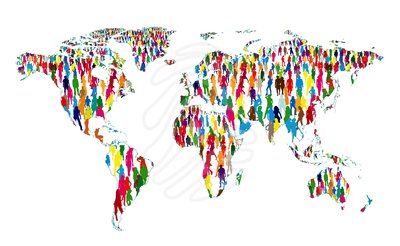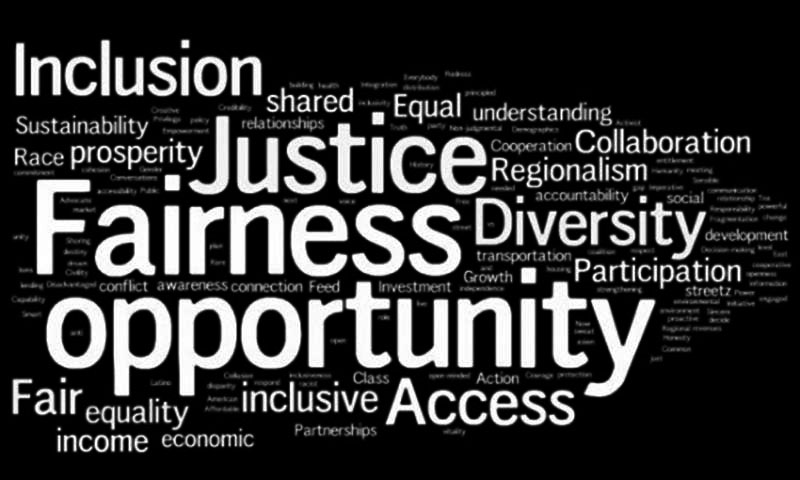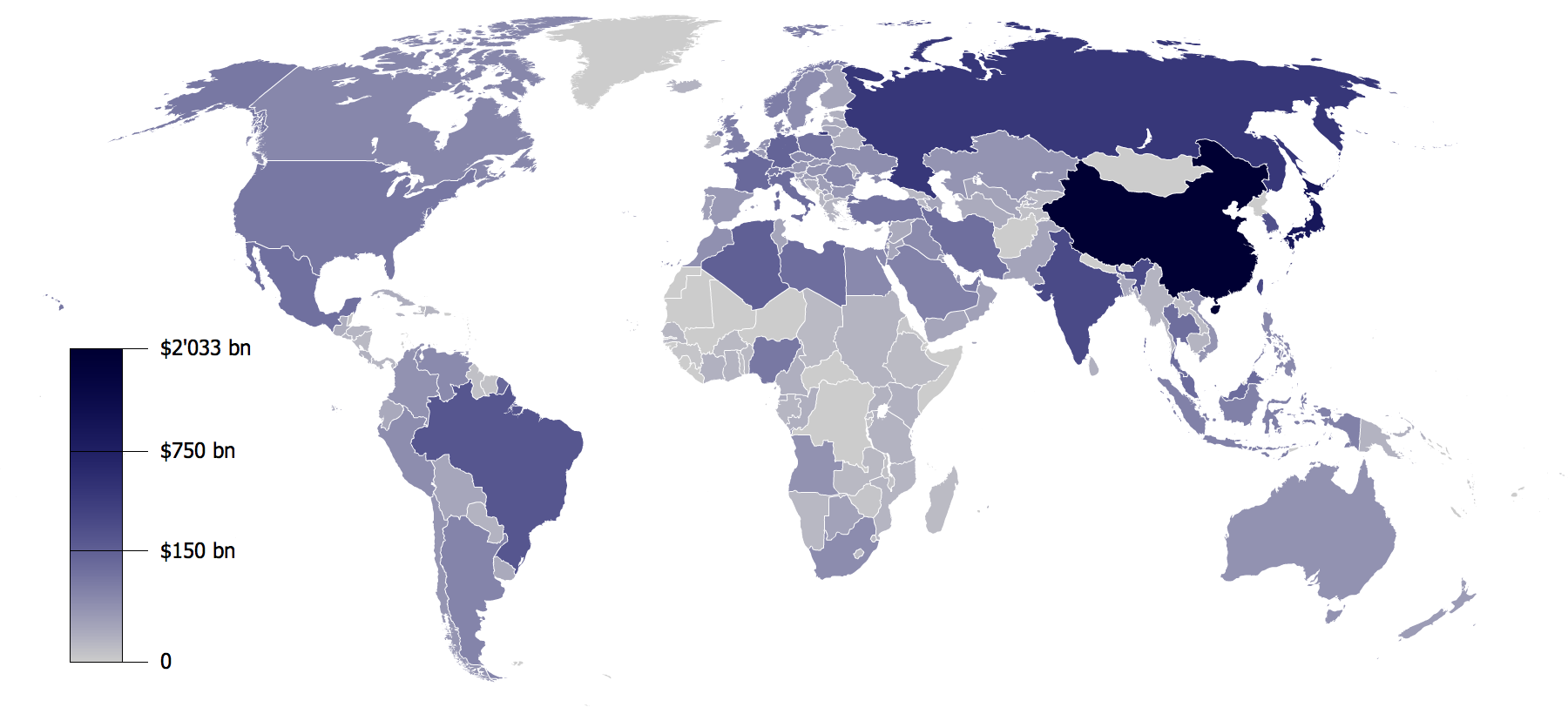Population is the number of people living in some country, region, rural or urban areas. Nepal census started in 1968 BS (1911 AD) census up to 1998 BS was head count census but any further census is scientific and matches international standards 2068 BS census is 11th and Ashar 8 was celebrated as census day.
| Year | Population | Growth rate | density |
|---|---|---|---|
| 1968 | 5639 | – | 38 |
| 1977 | 5574 | – 0.12 | 38 |
| 1987 | 5533 | – 0.07 | 38 |
| 1998 | 6284 | 1.27 | 43 |
| 2009/11 | 8257 | 2.73 | 56 |
| 2018 | 9413 | 1.31 | 64 |
| 2028 | 11556 | 2.05 | 79 |
| 2038 | 15023 | 2.62 | 102 |
| 2058 | 23151 | 2.25 | 157 |
| 2068 | 26494504 | 1.35 | 180 |
- causes of population growth in Nepal
- Huge drive for son
- Lack of FP knowledge
- High impacts child mortality
- Elderly dependent on children
- Increase in average survival age due to improving health facilities
- Religious belief
- Child marriage & polygamy
- Open border & migration
- Unemployment & disguised employment
- Effect of rapid population growth
- Possibility of food shortage
- Rapid inflation
- Increase in theft, rape and other security threats
- Unorganized settlement, low development budget
- Decrease in per capita income
- Increase in unemployment and poverty
- Direct effect on forest resources, environment & causes flood landslide, soil degradation
- Impact on bio-diversity
- Controlling population growth
- Stop child marriage, polygamy via strong legal mechanism
- Encourage late marriage, child spacing and FP means
- Education among young population, easy access to FP goods
- Women empowerment, employment creation
- Legalize abortion to curb unsafe practices
- Gender equality promotion and control citizenship distribution mechanism
- Goal of 13th plan regarding population
- User of FP means – 67 %
- Total fertility rate (15-49 years) – 2.4
- Life expectancy = 71 years
- Settlement
- National settlement
- international settlement
- A. tarai = 50.27% in 2068, 48.43% in 2058, population density = 392
- B. hills = 43% (186 density), 2058 – 44.43%
- C. Himal = 6.73% (34 density), 2058 – 7.3%
- Settlement can be divided into two categories
| Development region | population (%) |
|---|---|
| Central DR | 36.45 |
| Western DR | 18.60 |
| Mid-western DR | 13.39 |
| Far western DR | 9.63 |
- Highest population area
- Kathmandu
- Manang
- Rupandehi
- Jhapa
- kailali
- lowest population area
- Manang
- Mustang
- Dolpa
- Rasuwa
- Humla
| Density | Religion | Caste/Ethnic |
|---|---|---|
| Urban -1381 | Hindu -81.3% | Chhetri – 16.6% |
| Rural – 153 | Buddhist – 9% | Braham – 12.2% |
| Himal – 34 | Islam – 4.4% | Magar – 7.1% |
| Hill – 186 | Kirat – 3.1% | Tharu – 6.6% |
| Terai – 392 | Christian – 1.4% | Tamang – 5.8% |
| Eastern – 204 | Nature – 0.5% | Newar – 5% |
| Central – 352 | Bon – 13006 people | Kami – 4.8% |
| Western – 168 | Jain – 3214 people | Musalman – 4.4% |
| Mid western – 84 | Bahai – 1283 | Yadav – 4% |
| Far western – 132 | Seikh – 609 | Rai – 2.3% |
Migration
- Positives
- Easy access to services and market
- Easy access of education, health, drinking water etc.
- Chance of employment, improvement in financial status
- cultural blend
- Easy availability of manpower
- Negatives
- Struggle for adjustment at new place
- Rural area slowly becoming empty and lacks development activity
- Place left slowly becoming places for elderly only
- Increase in pressure on sector like transportation, road, water, electricity etc.
- slowly diminishing cultures
- Push factors
- Lack of food, shelter, clothes
- Lack of employment
- Natural disaster
- Lack of infrastructure
- Security lapse
- Pull factors
- Good infrastructure
- Employment opportunity
- Good security measures
- Luxurious life
- Good facility of health/education
- Entertainment facility
- Stopping migration
- Health, water, education improvement
- Special development policy
- Improve communication, transport, market, electricity, health, food security etc
- One house one employment programs stop brain drain
- urbanize hinterland areas
- Urbanization
- According to 2068 census urban population is about 17%.
- Positives
- Development of infrastructure like road, building etc.
- ICT improvement
- Good quality water management
- Access to new technology & equipment
- Quality education, health service and employment
- Market let economy developments
- Improvement in quality of life
- Negatives
- Encourages migration, increase population pressure on natural resources, facilities & services
- Hard to continue providing quality services by various sectors
- Public land encroachment, murder, kidnapping, donation drive, insecurity increase
- Increase in difficulty for solid waste management hence resulting in health hazard
- Lot of investment on management rather than development
- Effects of unmanaged urbanization on environment
- Increase in unplanned settlement
- Air pollution, water pollution, soil pollution, sound pollution,
- Direct impact on our architecture
- Problem in solid waste management
- Problem of drinking water, underground water exploitation
- Deforestation, landslide
- High volume of vehicles to meet the demand
- Aging (youth)
- 13th plan classifies 16-40yrs old as adult. 40.34….. adult
- Article 35 (20) of Interim Constitution of Nepal states that “The state shall peruse a special policy of mobilizing the youthful human resources in the development of the country”
- National youth policy -2066
- Problems of youth
- Brain drain
- Lack of opportunity
- Lack of access to financial services
- Increasing drug problems
- High unemployment among educated
- Talent going abroad
- Lack of positive thinking
- Increasing involvement in crime
- Lack of skilled & trained youth
- Lack of access to leadership posts.
- Solution
- Entrepreneurship development, skill development, education, training
- Opportunity to youth on politics & policy making process
- Awareness programs to desire youth out of drugs & crime
- Utilize youth in development works in rescue operations
- Encourage technical education
- Stop brain drain
- Refugee
- A refugee is someone who has been forced to leave a country because of war or for religious or for political reasons. A refugee is someone who has been forced to leave a country in order to escape war, Persecution or natural disasters.
- UNHCR -1950
- 1,20,270 refugee in Nepal mostly Bhutanese and Tibetan refugee
- Bhutanese refugee started to come to Nepal since 1990 and they are living in areas like Beldangi, Khudanabari, Sanischare, Timai Refugee camp.
- Now being resettled in third countries like USA, Canada, Norway, Australia, Denmark, New Zealand, and Netherland.
- After 1959 Tibet riot and exile of Dalai Lama.
- Tibetan refugee are not legally recognized now but they still use Nepali land to get to India.
- Urban refugee from countries like Pakistan, Somalia etc.
- Displaced population
- Forced to leave their place and settle in another place.
- Caused by flood, landslide, famine, epidemic, security or other natural disasters.
- Also caused by ethnic or religious clash.
- Civil war, theft, dacoit, etc.
- During insurgency in Nepal nearly 2, 00,000 people believed to be displaced. Internal Displacement Monitoring Centre – 19 June 2008.
- 2063 Mangshir 5 – Comprehensive Peace agreement
- Peace and reconstruction ministry
- Integrated Security Development Programme.









Recent Comments